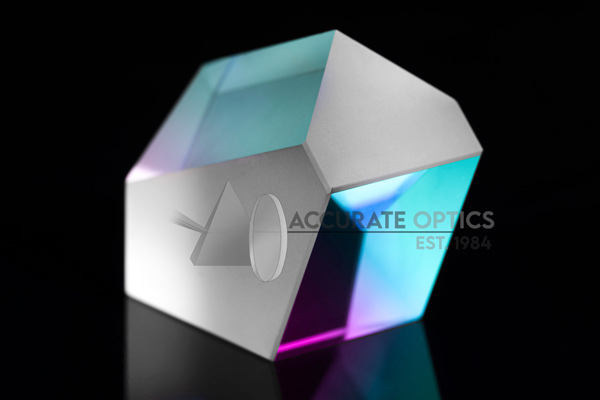Optical Parallel Plates vs. Optical Flat: Understanding the Key Differences
In the world of optics and precision measurements, the terms “optical parallel” and “optical flat” are often used, but they refer to distinct optical components with different purposes and characteristics. This blog post aims to elucidate the differences between optical parallel and optical flat, shedding light on their applications and unique features.
Optical Parallel: The Basics
Optical Parallel is a term referring to a pair of transparent plates that are designed to be parallel to each other with extremely high precision. These plates are typically made from materials like glass or quartz and are polished to have nearly identical thicknesses. The primary purpose of optical parallels is to create an interference pattern when illuminated, allowing for the measurement of the flatness of surfaces or the thickness of materials placed between the plates.
Optical Flat: The Basics
Optical flats, on the other hand, are single precision glass plates with one flat, highly polished surface. Unlike optical parallels, their primary function is to establish a reference flat surface for various applications, including interferometry, quality control, and calibration. Optical flats are often used in pairs, with one acting as a reference and the other as the test piece.
Working Principles
The key difference in working principles between optical parallels and optical flats lies in their purpose:
– Optical Parallel: When light passes through a pair of optical parallels, the parallelism of the plates creates interference fringes, commonly known as Fizeau fringes. The pattern can be used to determine the thickness of an object placed between the plates.
– Optical Flat: Optical flats generate interference patterns (such as Newton’s Rings) when their perfectly flat surface contacts another surface. These patterns reveal variations in the flatness of the object under test.
Applications
Both optical parallels and optical flats find applications in precision measurements, but their uses are distinct:
– Optical Parallel Applications:
- Thickness measurement of transparent materials, like lenses and glass plates.
- Verification of parallelism or flatness in precision machinery, such as surface plates.
– Optical Flat Applications:
- Calibration and quality control of optical components and measuring instruments.
- Surface inspection and flatness measurement in manufacturing.
- Testing the flatness and parallelism of surfaces, ensuring the accuracy of optical components.
Conclusion:
In summary, while both optical parallels and optical flats are crucial for precision measurements and quality control, they serve different purposes. Optical parallels are designed to measure the thickness of transparent materials and confirm parallelism, while optical flats create reference flat surfaces and are used for flatness and parallelism measurements. Understanding the unique characteristics and applications of these optical components is essential for their proper use in various fields, ranging from optics and manufacturing to metrology and quality assurance.
Important FAQs:
Q1: What are optical parallel plates?
A: Optical parallel plates are precision-made glass plates with parallel surfaces used for optical applications.
Q2: What are optical flats?
A: Optical flats are highly polished glass or quartz plates with extremely flat surfaces, used as reference standards for assessing flatness in optical components.
Q3: How do optical parallel plates differ from optical flats?
A: Optical parallel plates have parallel surfaces, while optical flats have one highly flat surface used as a reference against another surface being tested for flatness.
Q4: What are the main applications of optical parallel plates?
A: Optical parallel plates are commonly used in optical setups for beam steering, polarization control, and interference measurements.
Q5: What are the primary applications of optical flats?
A: Optical flats are primarily used as reference standards in interferometry to assess the flatness, parallelism, and optical quality of surfaces.
Q6: Can optical parallel plates be used interchangeably with optical flats?
A: No, optical parallel plates and optical flats serve different purposes and cannot be used interchangeably due to their distinct design and applications.
Q7: How are optical parallel plates and optical flats manufactured differently?
A: Optical parallel plates are manufactured to have parallel surfaces through precision grinding and polishing, while optical flats undergo specialized polishing to achieve extreme flatness on one surface.
Q8: Which is more critical for precision optical measurements: optical parallel plates or optical flats?
A: Optical flats are more critical for precision optical measurements, as they provide a reference standard for assessing flatness with high accuracy and repeatability.
Thank you for exploring our blog on the key differences between optical parallel plates and optical flats. We appreciate your interest and hope you found the information helpful. If you have any further questions or topics you’d like us to cover, please feel free to reach out. Stay tuned for more informative articles!








